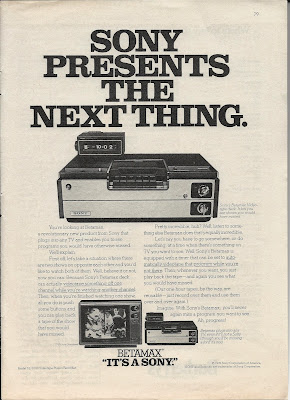PRODUCTION JOURNAL: Midweek Morning Mixer - 10.2.13

October 2, 1979 Sony v. Universal Studios may be the most famous of all copyright cases because it was a decision that would determine the future of media. People who know nothing about copyright know that the Sony-Betamax case held that home videotaping of television programs is fair use. One of the key moments in a case that found its way to the Supreme Court occurred today on October 2 when a district court handed down an opinion that absolved Sony of liability. The copyright law, Judge Ferguson held, did not give copyright holders “a monopoly over an individual’s off-the-air copying in his home for private non-commercial use.” Universal appealed to the 9th Circuit and remanded it back to the district court. The following day, members of Congress introduced legislation in both the House and the Senate to legalize home video recording. On June 14, 1982, the Supreme Court agreed to hear the Sony case, and members of Congress sat back to wait and see what the Court woul





